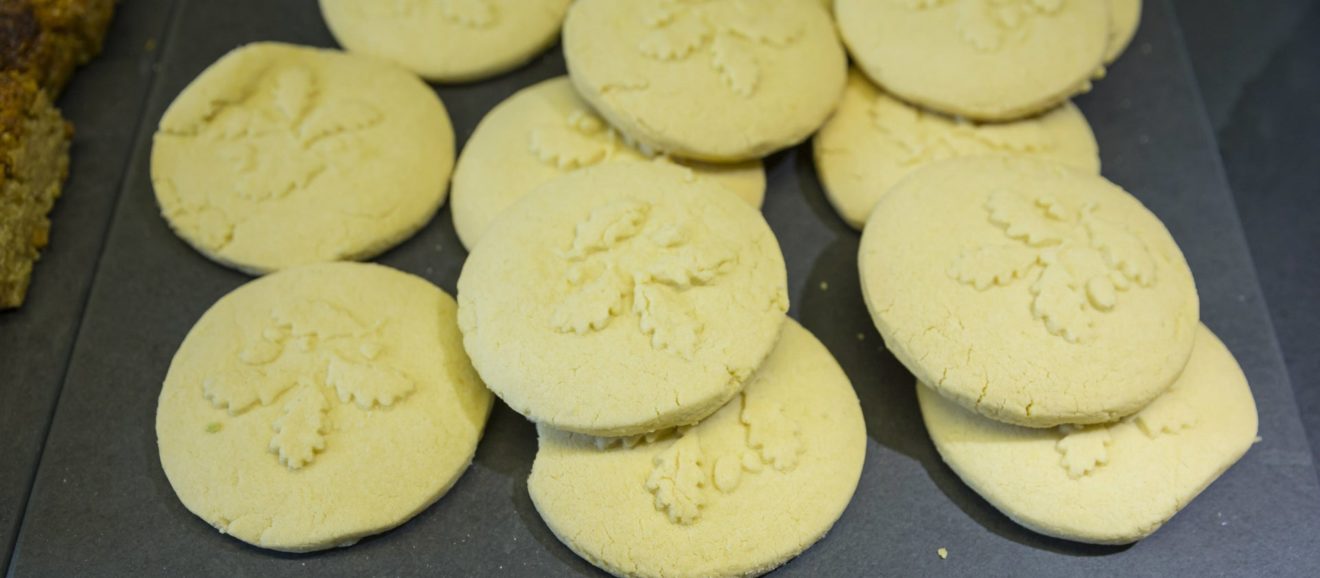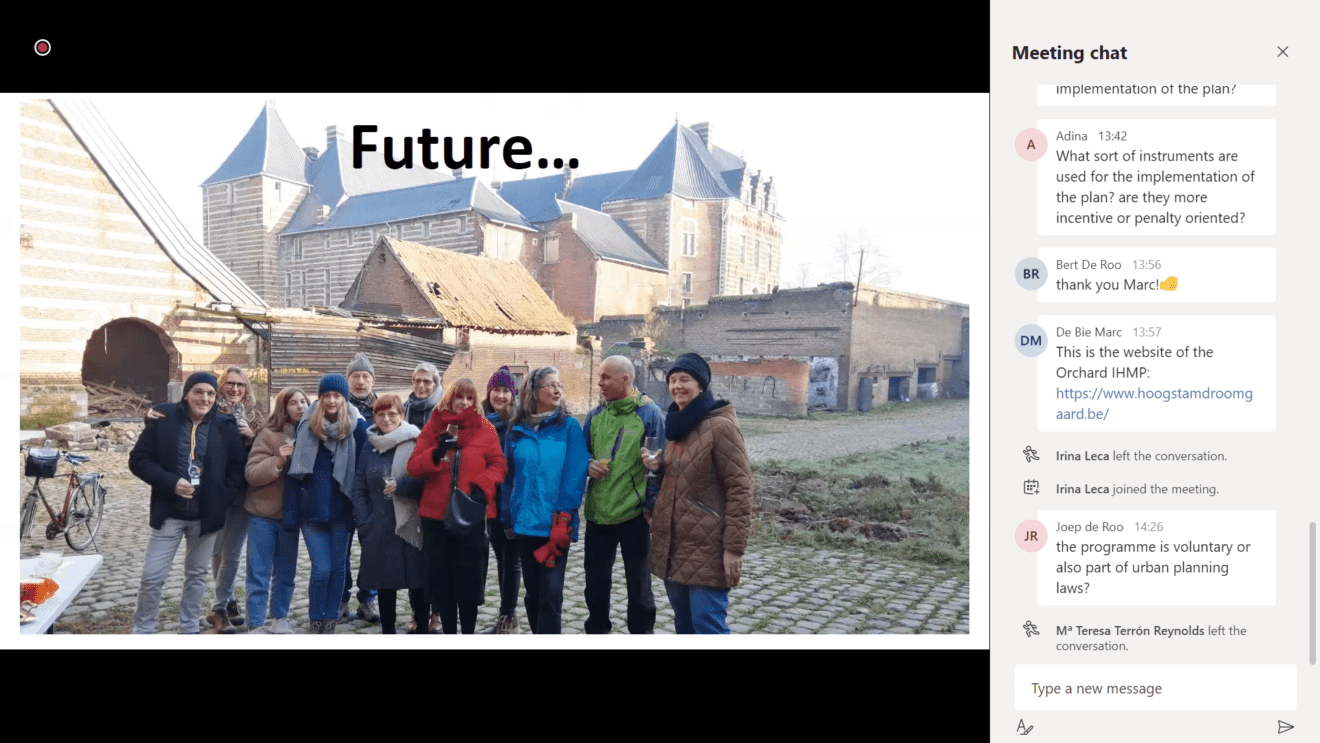-
Communicating through Covid-19 (Update, 15 May 2020)
Posted on May 15, 2020A blog by Catherine Leonard, Secretary-General
We’re all learning how important communicating is at the moment. Which is probably not the best way to start a blog, as I may have just massively raised expectations! But here is some news from our members and some useful tips I learned during three webinars this week.
Furthermore, I wanted to remind full members who haven’t already applied for a TAP-INTO small grant to do so before this Sunday (17 May)! Funds are available to cover unexpected new costs associated with the Covid-19 pandemic. The maximum grant is £2,500 and there is more information here. We look forward to receiving your proposals!
News from our network
After all the discussions over the past weeks, some summarised in this blog, National Trusts around the world are beginning to reopen their sites to the public. Our members have really appreciated the opportunity to share learning and experiences with each other as they work there way through this unprecedented period. “I have to thank you for the way you connect the world during this crazy period! It is comforting and inspiring to hear about the experiences of other NTs.” said Jeanine Perryck of the Gelderland Trust.
Communicating to your supporters
For me, it’s really interesting how INTO members are communicating their messages to the public. Here’s what the Trustees of Reservations say on their website: “We know how important it is to get outside, get exercise, and connect with nature in challenging times, and we will continue to work on expanding access to our special places while balancing the need to flatten the curve and slow the spread of this serious virus. Please check back for regularly for announcements on newly opened properties.”
We’re looking forward to welcoming Members back @CraneBeachMass starting next week and wanted to remind you, that through June 2 daily parking passes AND seasonal permits are needed for your visit and will only be available w/ advance online reservations. https://t.co/c8ye14jh4w pic.twitter.com/899doqhPz3
— The Trustees (@thetrustees) May 14, 2020
Forming the narrative
And the National Trust of England, Wales and Northern Ireland mailed it’s members with the following: “It’s seven weeks since we closed our gates to help stop the spread of coronavirus. We’re so grateful to you and all our members for your kindness and support during our closure: from simply keeping up membership to paying virtual visits and sending messages of goodwill. It’s a brilliant reminder of what a strong community we are together. We know you’re as keen as us to get back outdoors and to all the Trust has to offer. We’re busy working out how to make it as easy as possible for you to visit your favourite places, and stay safe.”
It’s a message that’s designed to acknowledge people’s desire to get back out into nature. But to give audiences reassurance that we are looking forward to re-opening, and that we will do so safely for visitors, staff and volunteers. And this is echoed by our members in València, Fundem, who are communicating that there is “no better time to discover the garden than the spring – nor a better place to regain contact with nature”, as they plan to reopen on 25 May:
REAPERTURA JARDÍN DE L’ALBARDA
Si el plan de desescalada continua con lo previsto, informamos de que el jardín reabrirá sus puertas el LUNES 25 de mayo. No hay mejor momento para conocer el jardín que la primavera, ni mejor lugar para recobrar el contacto con la naturaleza🌼🌳 pic.twitter.com/K8CTkA4pRN
— Fundem-JardínAlbarda (@FundemAlbarda) May 8, 2020
Communicating in challenging timesLike many of you, this week I participated in lots of online meetings and webinars! It’s great to keep communicating but I know some people are suffering from webinar-fatigue. And, whilst they are a brilliant way to stay connected at this time, I do sometimes dream of a handshake or kiss, a shared coffee and maybe even a National Trust shortbread! Then I remember how difficult it is to book a meeting room and order catering in our office … (NT shortbread was very popular amongst delegates at INTO Cambridge 2015 – click here here for a nostalgic recipe!)
Finally, I’d like to tell you about three webinars I joined this week. Firstly, one hosted by the International Coalition of Sites of Conscience, entitled “Create Your Own Media: Communications Strategies for Challenging Times”. They shared some good practical tips about communications in general:
- What is the problem you’re trying to solve?
- How to distinguish your site? What is special about it? Why’s it necessary?
- What do you want people to do after they leave your site? How are you communicating that?
- How to use “Share your thoughts” boards/notes or questions like “Have you ever broken the law?” (see the BBC article below about the Eastern State Penitentiary in Philadelphia)
The team also shared some good tips on the use of social media. A recording of the webinar is available online and you can watch it here.
Live online training
Secondly, appropriately enough, a webinar on online training. This was organised by the Association of Association Executives and can be watched here. The content was focussed on the delivery of CPD. I know this applies to some of our members, but not all. However, there were other useful tips on webinar planning and usage:
- Programme and spread out the learning – a two day, in person course will take weeks to deliver virtually and not all of it will be in the online classroom (other elements include self-study, learning journals, videos)
- Make full use of the features of your webinar programme like break-out rooms, the whiteboard, chat or reactions
- Learn how to remove someone from your webinar if your security measures fail …
- Get a cable to your router if you’re running a webinar and don’t rely on wifi!
Busy in other ways
Lastly, this week was meant to be a busy week for us here. We were due in Flanders for the last study visit of the EU-funded Innocastle project. We were welcoming the Directors from Gelderland to the Lake District. Moreover yesterday, we were all supposed to be at Buckingham Palace. To celebrate 125 years of the National Trust (EWNI) and how it has inspired a worldwide family of Trusts.
So, I had my own garden party yesterday with my Granny’s best china (see below), the Dutch Directors will visit next year and we had the first of our online study visits to Flanders yesterday.

Innocastle inspiration
We heard interesting presentations from the Flemish state organisations, on both cultural and natural heritage. Marc de Bie from the Flanders Heritage Agency spoke about how they were integrating landscape into their work through the Immovable Heritage Master Plan model. I particularly loved what they were doing in the Province of Limburg to encourage stakeholders and local communities to develop nature friendly orchards.
Griet Celen of the Flemish Land Agency spoke movingly about how the countryside is covered in concrete (now 16%) and their desire create and improve open spaces. Both stakeholders talked about cross-sectoral, collaborative processes, which was very inspiring.
But we saved the best til last! Paul Lambrechts finished the webinar with a passionate story of volunteer efforts to save Heers Castle in Limburg. The 16th century castle is collapsing. The elderly owner is happy to sell, but there are legal, inheritance and debt issues. Local people are eager to get involved. But time is running out. A team of volunteers has got together to try and bring the property back to life. To give it new significance and reconnect it with the village. They have already made much progress on clearing the surrounding parkland, which they have plans to open to the public. But the castle itself needs completely restoring. And no one has the sort of money required. (In fact, the team at Heers are already also exploring crowdfunding ideas like Dartagnans.)
A different approach
What I really liked about Paul’s presentation was that they are looking at “different and cheaper ways of saving it for future generations”. It made me think of the Transylvania Trust‘s work to restore Banffy Castle whilst training local people in restoration skills. And of REMPART‘s work to deliver restoration work through volunteer workcamps, with a strong ethos of social benefit. Or even the work of the Czech National Trust at Rožmitál and the Tomb of Marie von Ebner-Eschenbach. These projects all focus on heritage as a community asset, owned and run by and for local communities. (This is also the theme of Innocastle’s sister project, Open Heritage, under Horizon 2020)
Rather than throwing millions of euros at the project, so much can be achieved with smaller amounts of money, donated services and volunteer muscle. Moreover its effects are often much more long-lasting in terms of local community buy-in or skills development or social welfare. This feels like a radical return to the basic principles of our movement. 125 years on, Octavia Hill and the founders of the National Trust would have understood the volunteers at Heers Castle!
I hope you have a good weekend and week ahead. Should you have any spare time and you’re feeling creative, why not think about submitting an entry to our partner INTBAU’s Virtual Exhibition? Stay safe and well.

 44 (0)20 7824 7157
44 (0)20 7824 7157

